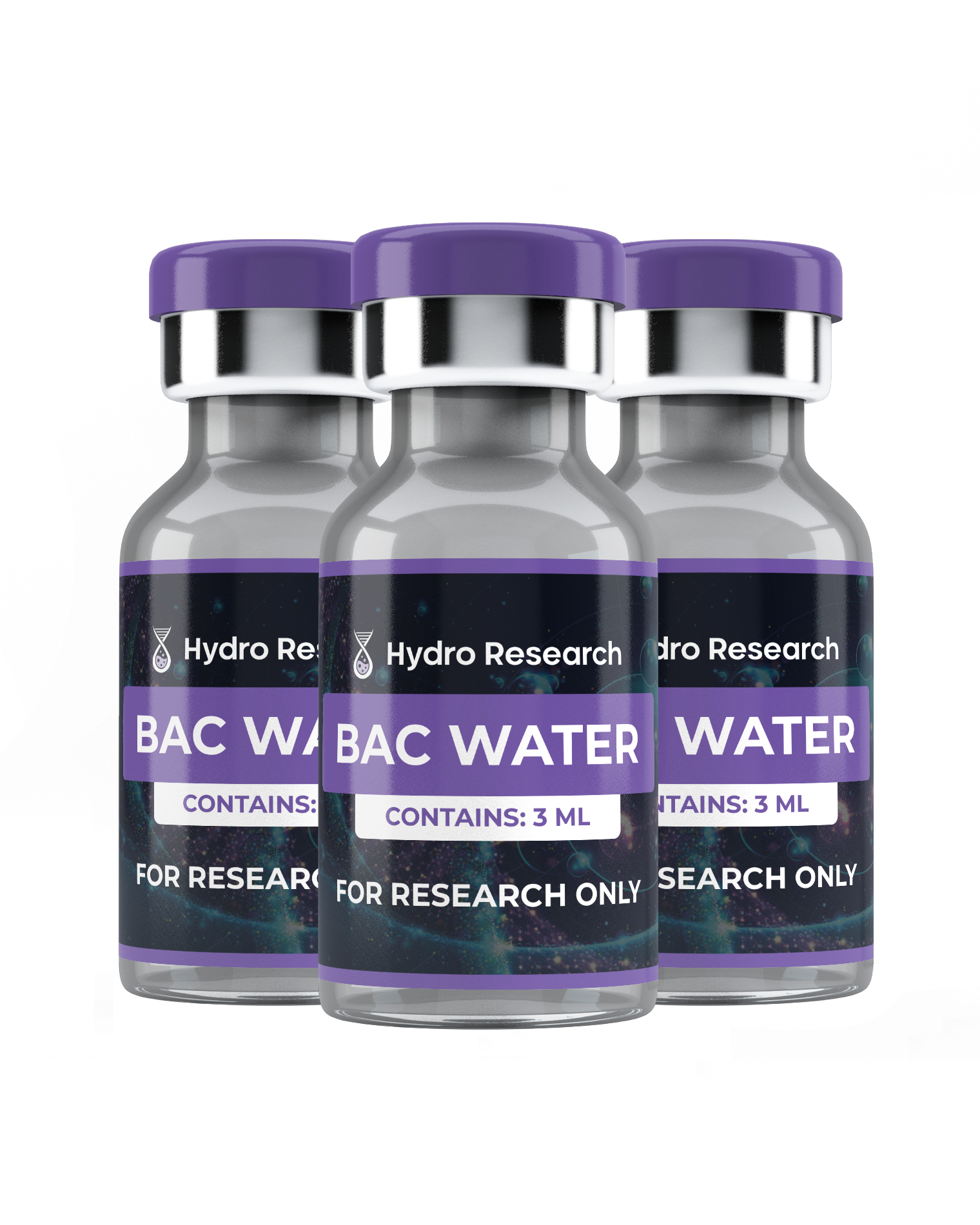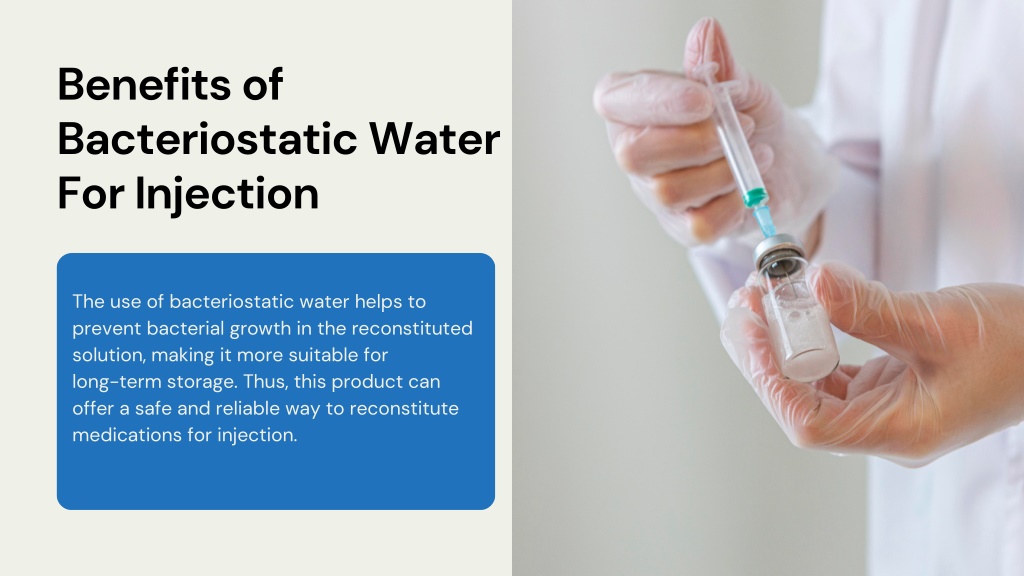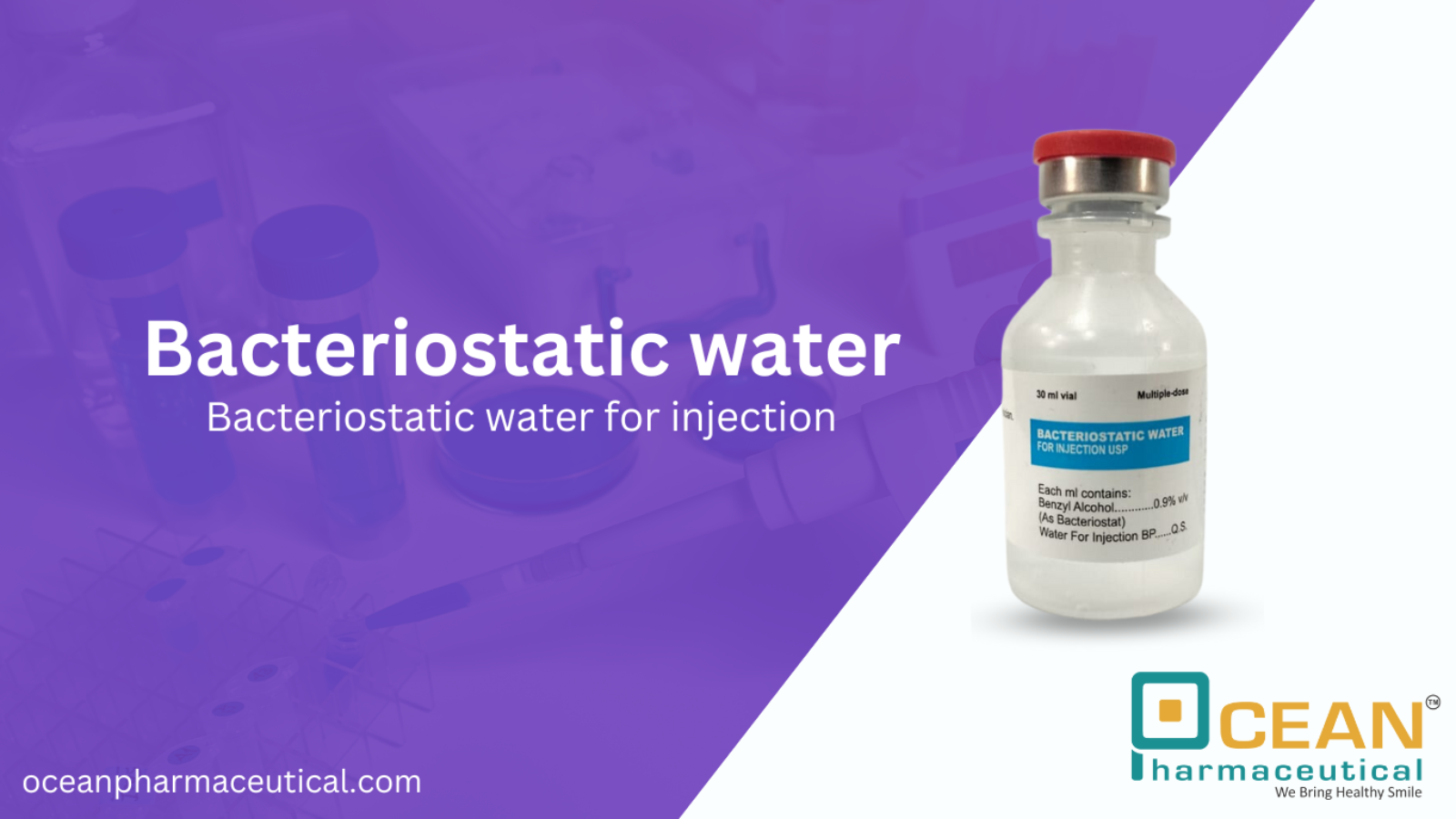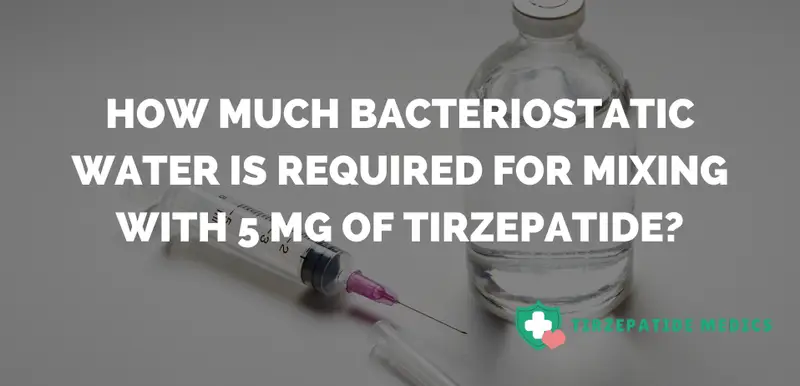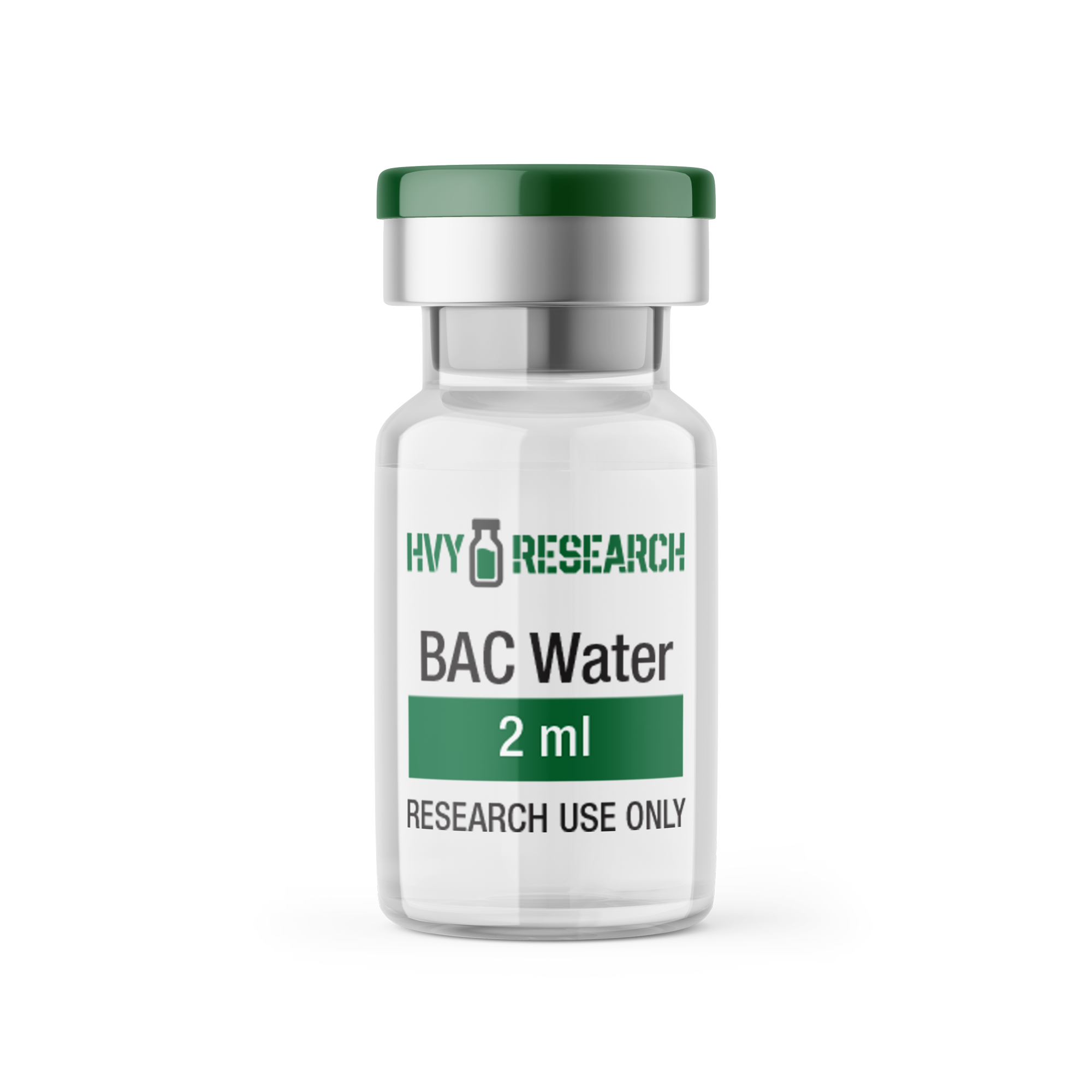How Long Is Bac Water Good For

The seemingly simple act of reconstituting medications with bacteriostatic water, commonly known as bac water, can quickly turn precarious if proper handling and storage guidelines are ignored. Used extensively in healthcare and by individuals for various injectable medications, the shelf life of bac water post-mixing is a critical consideration that impacts both efficacy and safety. A lapse in understanding can lead to infections or ineffective treatment, underscoring the importance of adhering to established protocols.
This article delves into the intricacies of bac water's stability and lifespan after reconstitution, providing comprehensive insights from pharmaceutical guidelines, expert opinions, and scientific studies. We will explore the factors influencing its degradation, the recommended storage conditions, and the potential consequences of using expired or improperly handled bac water. Ultimately, the aim is to equip readers with the knowledge needed to ensure safe and effective use of this vital solvent.
Understanding Bacteriostatic Water
Bacteriostatic water for injection, USP, is sterile water containing 0.9% benzyl alcohol as a preservative. This preservative inhibits the growth of bacteria, making it suitable for multiple uses when properly handled. It is primarily used to dilute or dissolve medications for injection, particularly those that are unstable in their original form.
Unlike sterile water, bac water's bacteriostatic properties offer a degree of protection against microbial contamination. This is particularly valuable when administering multiple doses from a single vial. However, this protection is not absolute, and its effectiveness diminishes over time.
The Question of Shelf Life: Opened vs. Unopened
Unopened vials of bacteriostatic water typically have an expiration date printed on the label by the manufacturer. This date represents the period during which the product is guaranteed to maintain its sterility and efficacy when stored according to the manufacturer's instructions. These instructions usually involve storing the vials at room temperature and away from direct sunlight.
Once a vial of bac water is opened, the clock starts ticking on its usable lifespan. The introduction of air and potential contaminants during the opening and mixing process inevitably reduces its stability. Therefore, adhering to strict guidelines is crucial to minimize these risks and extend its usable life.
Factors Affecting Bac Water's Stability Post-Reconstitution
Several factors influence how long bac water remains viable after being used to reconstitute a medication. Temperature, storage conditions, and handling practices are the primary determinants. Improper handling can accelerate degradation and increase the risk of contamination.
Exposure to light and extreme temperatures can degrade the benzyl alcohol preservative. This reduces its ability to inhibit bacterial growth, potentially leading to infections. Contamination during needle insertion and medication mixing can also introduce microorganisms into the vial.
The type of medication being reconstituted also plays a role. Some medications may interact with the bac water or the benzyl alcohol preservative, affecting its stability. Therefore, always refer to the medication’s packaging insert or consult with a healthcare professional.
Recommended Storage and Usage Guidelines
According to established guidelines, once a vial of bac water is opened and used to reconstitute a medication, it should be used within 28 days. This is a widely accepted standard recommended by many pharmaceutical sources and healthcare professionals. This timeframe is contingent upon proper storage and handling.
To maximize its usable life, store the reconstituted medication and bac water vial in a refrigerator at a temperature between 2°C and 8°C (36°F and 46°F). This helps to slow down bacterial growth and preserve the integrity of the benzyl alcohol. Always discard the vial if there are any signs of cloudiness, discoloration, or particulate matter.
Employ strict aseptic techniques whenever using the vial. This includes using sterile needles and syringes, wiping the vial stopper with an alcohol swab before each use, and avoiding touching the needle or vial opening. These precautions minimize the risk of introducing contaminants.
Consequences of Using Expired or Contaminated Bac Water
Using bac water beyond its recommended expiration date or if it shows signs of contamination can have serious consequences. The compromised sterility can lead to localized or systemic infections. These infections can range from mild skin irritation to severe, life-threatening conditions.
Furthermore, the compromised bacteriostatic properties may fail to prevent bacterial growth. This can result in the medication itself becoming contaminated, reducing its efficacy and potentially causing adverse reactions. In some cases, the breakdown products of the medication or the bacteria can be toxic.
In addition to the health risks, using expired or contaminated bac water can also invalidate the intended therapeutic effects of the medication. This can delay or prevent treatment, potentially worsening the underlying condition. Therefore, always prioritize patient safety by adhering to proper storage and usage guidelines.
Expert Opinions and Research Findings
Pharmacists and infectious disease specialists emphasize the critical importance of following established guidelines for bac water usage. They stress that the 28-day limit is a general recommendation and that visual inspection for signs of contamination is essential before each use. Dr. Emily Carter, a leading infectious disease expert, states, "The risk of infection, even with bac water, is always present, especially if aseptic techniques are not strictly adhered to."
Research studies have investigated the effectiveness of benzyl alcohol as a preservative in bac water. These studies generally support its ability to inhibit bacterial growth under proper storage conditions. However, they also highlight the potential for contamination if the vial is improperly handled or stored at elevated temperatures.
The Centers for Disease Control and Prevention (CDC) provides guidelines on medication safety and injection practices. These guidelines underscore the importance of using sterile solutions and employing aseptic techniques to prevent infections. Healthcare providers should consult these guidelines for comprehensive information.
Looking Ahead: Best Practices and Emerging Technologies
The future of injectable medication administration may involve pre-filled syringes or single-use vials to eliminate the need for bac water reconstitution. This would significantly reduce the risk of contamination and medication errors. Technological advancements are focused on developing more effective preservatives with longer shelf lives.
Ongoing research is exploring alternative preservatives to replace benzyl alcohol, which can have potential side effects in some individuals. These alternatives aim to provide the same level of antimicrobial protection with improved safety profiles. Additionally, improved packaging designs are being developed to minimize the risk of contamination during vial access.
Ultimately, the safe and effective use of bac water hinges on a combination of adherence to established guidelines, meticulous handling practices, and continuous education. By staying informed and prioritizing patient safety, healthcare professionals and individuals can minimize the risks associated with injectable medications. Always consult with a pharmacist or healthcare provider for specific guidance regarding the use of bacteriostatic water and reconstituted medications.




